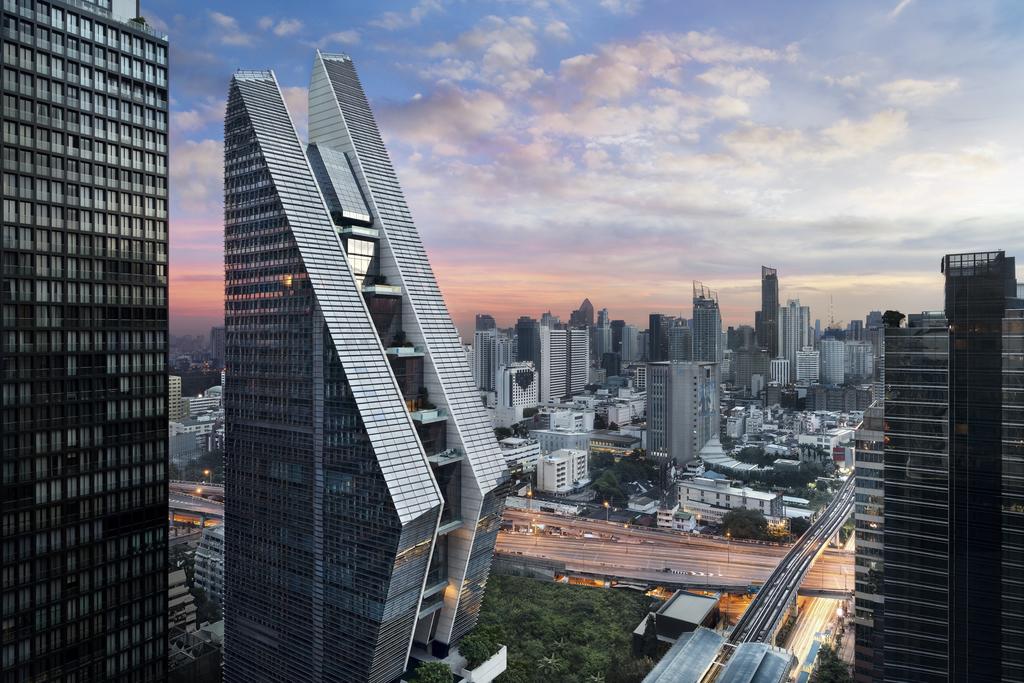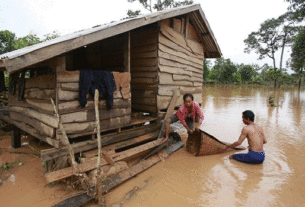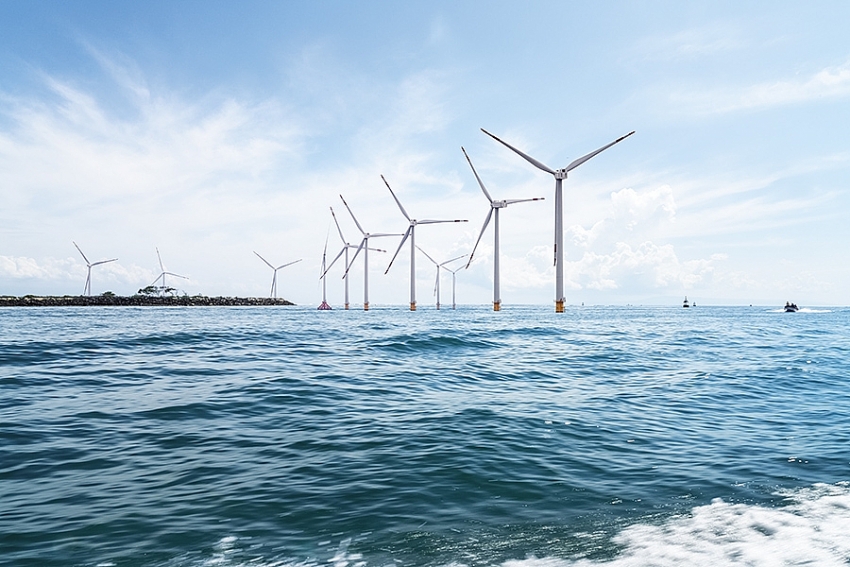In a dusty gorge deep in landlocked Laos, work is underway on a project that could change South-East Asia forever.
Despite the protests of countries downstream and the warnings of scientists, a construction company has begun building the first dam across the lower reaches of one of the world’s great rivers.
Officially the Lao government says it has not decided whether to go ahead with damming the Mekong at Xayaburi – but all the evidence suggests otherwise.
In April a multi-billion dollar contract was signed for a Thai company, CH Karnchang, to build the dam.
They have not wasted time and at the site newly built roads are busy with trucks, and huge piles of gravel now line the banks of the river.
New homes have been built for people who will have to be resettled.
The Lao government refused the BBC permission to go to Xayaburi to see for ourselves but we were given pictures taken in June by the environmental campaign group, International Rivers.
It had chartered a boat to film and photograph the building work secretly.
“At the dam site we saw dozens of construction vehicles, a large concrete containing wall that had already been built and villagers confirmed that the river had already been widened,” said Kirk Herbertson from International Rivers.
“What we see from this is that preparatory construction is now finished and that full construction is now under way.”
‘Damage’
Laos contends that the work at the site is simply preliminary, in case the dam is approved.
It says all it has done is build roads, construct a camp for workers, and carry out a geological survey on part of the river bed.
“They (the building works) do not under any circumstances affect the Mekong River, which indeed is the lifeblood” of Laos, Viraphonh Viravong from the country’s Ministry of Energy and Mines told the BBC.
“Any suggestion that the government of Laos would countenance a misuse of or deliberate harm to the river is, quite simply, absurd.”
We showed International Rivers’ pictures of the site to Jeremy Carew-Reid, an expert on the Mekong and hydroelectric dams.
“It’s quite clear that the company is just constructing the dam full pelt ahead,” he said.
“There is some definite infill and platforms being built in the mainstream just offshore.
“So they’ve gone from being purely access road construction to putting in foundation walls and offshore pads for the dredging machinery to work off.”
Two years ago Mr Carew-Reid led a team of scientists on one of the most comprehensive studies ever carried out on the Mekong.
Four dams already exist in the narrow gorges of the Upper Mekong in China but until now there have been none on the slower moving lower reaches of the river.
Now, in part encouraged by the more regulated flow of water from the Chinese dams, 12 privately funded hydroelectric projects, including Xayaburi, have been proposed.
Over a 16-month period Mr Carew-Reid’s team tried to assess their possible impact.
The key finding of the Strategic Environmental Assessment of Hydropower on the Mekong mainstream was that the dams were likely to cause “serious and irreversible environmental damage”, and it argued for a 10-year delay.
The report predicted that the dam would contribute to growing inequality in the countries of the Lower Mekong basin with the poorer households along the river being adversely affected, while only the rich would feel the benefits.
Uncertainty
The Mekong and its tributaries together form the world’s largest inland fishery and the report predicted that the many aquatic species that migrate, like the Irrawaddy dolphin, could be forced into extinction by the dams.
A fall in fish stocks and the barriers to sediment flow would have negative consequences for the food security of the millions of people who depend on the Mekong, it said.
Above all, the report stated there was so much uncertainty that more research was desperately needed.
A delay was the last thing the Laos government wanted.
Small, landlocked, and lagging a long way behind rapidly developing neighbours, Laos has ambitions to put eight privately owned dams across the Mekong mainstream and, by exporting electricity, become the “battery of South-East Asia”.
Laos’ own power needs are still relatively small, so funding for Xayaburi was secured on the back of a promise from Thailand that it would buy 95% of its electricity.
“We see only three groups of people benefiting from this dam,” says Montree Chantawong, a campaigner from the Thai environmental group Foundation for Ecological Recovery – “the people who constructed the dam, the government who will get money from the dam and the banks who loaned the money to build the dam.”
There have been demonstrations by affected communities both in Thailand and Cambodia and next week a lawsuit will be filed against the Thai government alleging that the deal to buy Xayaburi’s electricity was made in secret.
As rumours of construction at Xayaburi grow, relations between Laos and those downstream have deteriorated.
Back in 1995 the four countries who share the Lower Mekong signed an agreement promising to consult each other on how they use the river and they jointly created the Mekong River Commission (MRC).
It commissioned the 2010 SEA report and has the unenviable task of trying to provide a forum for discussions to take place about future projects.
The MRC’s secretariat is in the Lao capital Vientiane but it, like the BBC, is unable to visit and verify reports of the work at Xayaburi just 350km (220 miles) away.
“I’ve only seen the photos,” Hans Guttman, MRC’s chief executive said, “and it’s very difficult to get a clear picture.”
He added there was “no clear defined definition” of what constituted starting work on a dam.
Both Cambodia and Vietnam have now commissioned their own reports into the likely impact on their countries of damming the Mekong.
If the work does continue it’s expected to take about eight years for Xayaburi to be completed. Once the hurdle of building that first dam is crossed, it’s thought others will inevitably follow.
One of the world’s great wild rivers may be enjoying its last few years of freedom.


